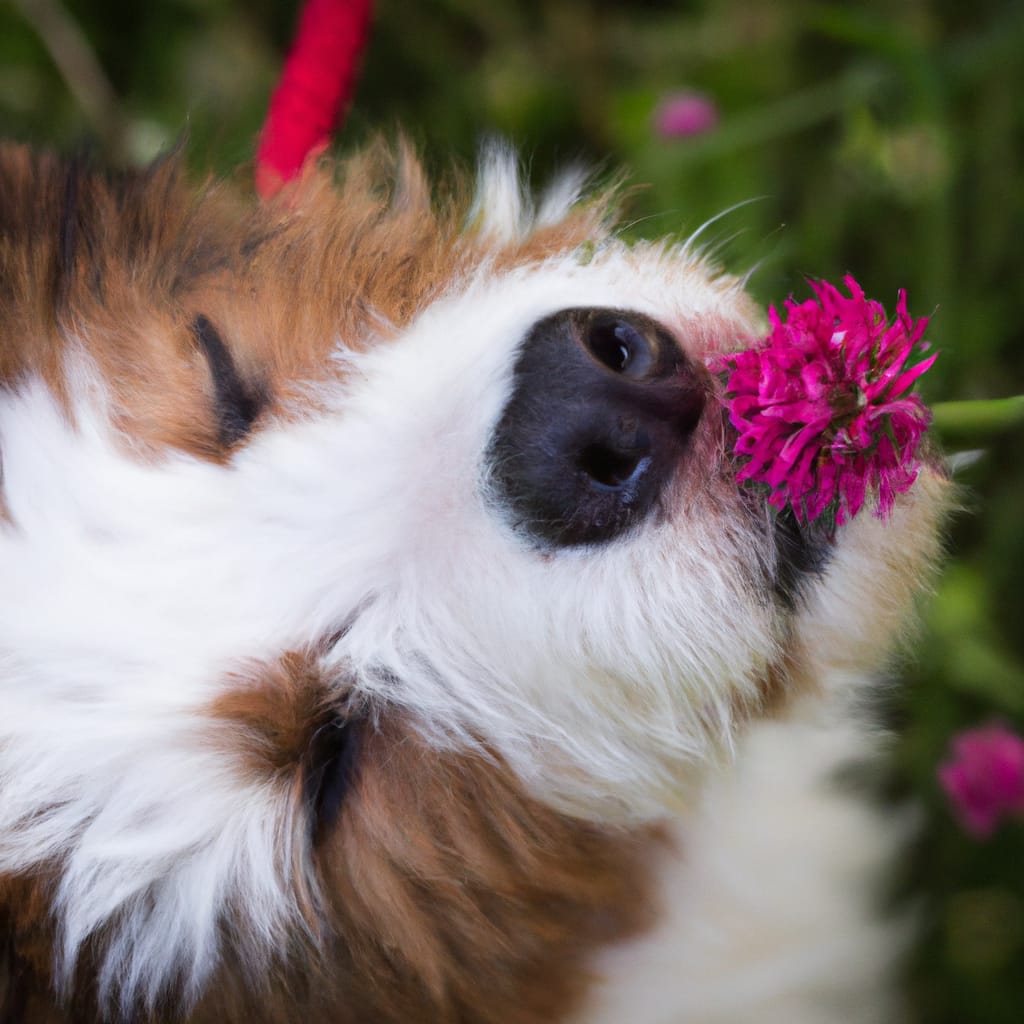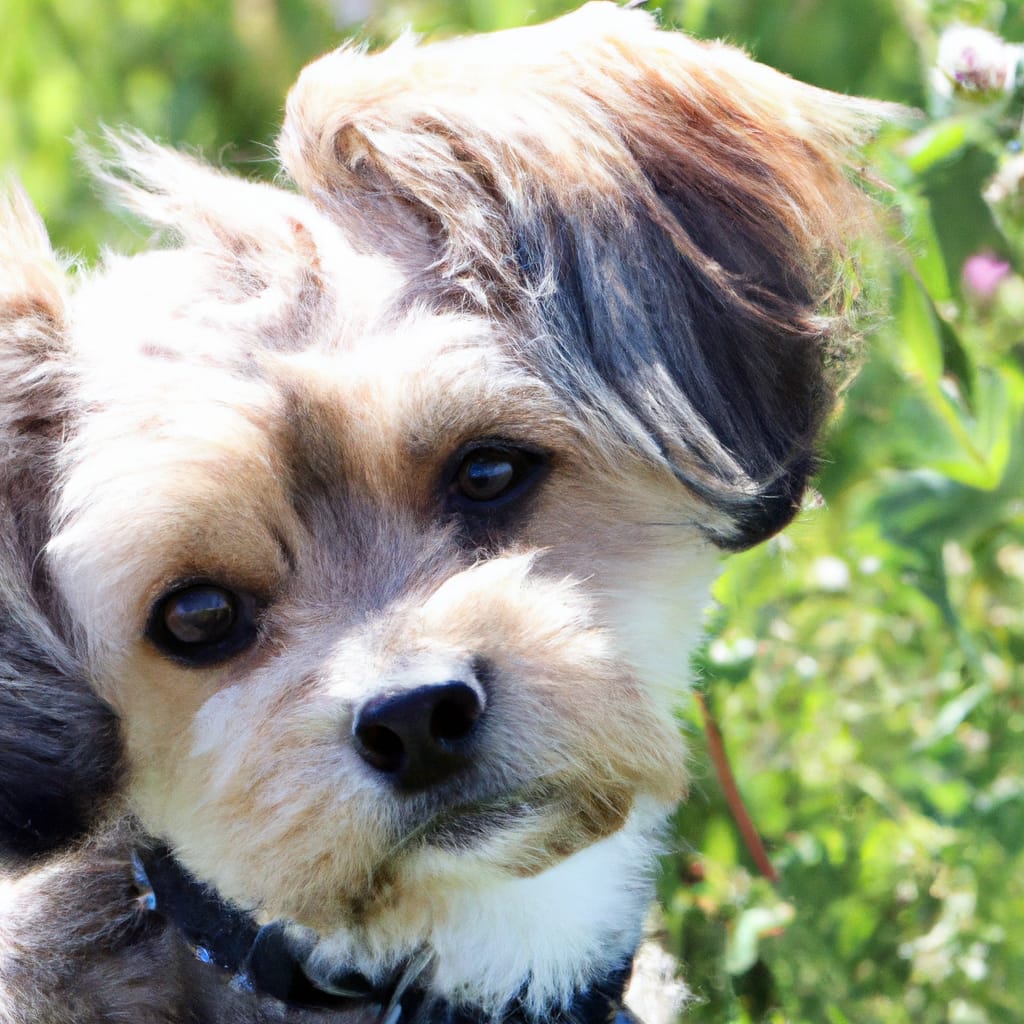Cavachon Shedding: Why Do Cavachons Shed?
If you’ve ever wondered why your furry Cavachon companion seems to leave a trail of hair wherever they go, you’re not alone. This article explores the shedding habits of Cavachons and provides an insight into the reasons behind their seemingly excessive fur loss. From understanding their breed characteristics to exploring potential factors that may contribute to shedding, you’ll gain a better understanding of why Cavachons shed and how to manage it. So, get ready to uncover the mystery behind Cavachon shedding and discover practical tips to keep your home fur-free.
Common Causes of Shedding
Shedding is a natural and common occurrence in most dog breeds. It’s important to understand the various factors that contribute to shedding so that you can properly address and manage it. Here are some of the most common causes of shedding in dogs.
Genetics
One of the primary factors that determine the amount and type of shedding in a dog is genetics. Just like many other physical traits, the tendency to shed is often inherited from the parent breeds. If both parent breeds of a dog are heavy shedders, it is likely that their offspring will also have a high propensity to shed. On the other hand, if the parent breeds are low shedders or hypoallergenic, the puppies are more likely to have minimal shedding.
Seasonal Changes
Seasonal changes can also have a significant impact on shedding in dogs. As the weather changes, dogs naturally adapt their coats to accommodate the new conditions. During the warmer months, dogs shed their thicker winter coats to make way for a lighter, cooler coat. This shedding process allows them to regulate their body temperature more effectively. Similarly, in colder seasons, dogs grow a thicker coat to protect themselves from the cold. Seasonal shedding is a normal and healthy process that you can expect your dog to go through.
Stress or Anxiety
Just like humans, dogs can experience stress and anxiety, which can result in excessive shedding. Emotional triggers such as changes in routine, separation anxiety, or the introduction of new family members can lead to increased shedding. Additionally, environmental factors like loud noises, unfamiliar surroundings, or other stressful situations can also cause dogs to shed more than usual. It’s important to provide a calm and comfortable environment for your dog to help minimize stress-related shedding.
Poor Nutrition
Your dog’s diet plays a crucial role in their overall health, including the condition of their coat. A poor diet lacking essential nutrients can lead to excessive shedding and a dull, dry coat. Dogs require a balanced diet that contains an appropriate amount of protein, vitamins, and minerals to support healthy skin and coat. If your dog’s diet is not providing them with the necessary nutrients, it can result in increased shedding. Providing a high-quality, nutritious diet is essential for maintaining a healthy coat.
Health Issues
Underlying health issues can also contribute to excessive shedding in dogs. Allergies, hormonal imbalances, and skin infections are common health conditions that can cause dogs to shed more than usual. Allergic reactions to certain foods, environmental allergens, or even flea bites can lead to excessive itching and shedding. Hormonal imbalances, such as hypothyroidism or Cushing’s disease, can disrupt the normal hair growth cycle and result in abnormal shedding patterns. Skin infections, like bacterial or fungal infections, can also cause excessive shedding. If you suspect that your dog’s shedding is due to a health issue, it is important to consult with a veterinarian for a proper diagnosis and treatment.

Managing Shedding
While it may not be possible to completely eliminate shedding in dogs, there are several strategies you can implement to manage and reduce shedding. By incorporating these practices into your dog’s routine, you can help keep shedding at a manageable level.
Regular Grooming
Regular grooming is essential for managing shedding. Brushing your dog’s coat on a daily basis helps to remove loose hair and prevent it from ending up all over your home. Different breeds have different coat types, so it’s important to use the appropriate brush or comb for your dog’s specific coat. In addition to brushing, regular bathing can also help to remove loose hair and keep the coat clean and healthy. Professional grooming can also be beneficial, as groomers have the expertise to properly groom different coat types and can help to further reduce shedding.
Healthy Diet
Providing your dog with a balanced and nutritious diet is crucial for overall health, including the condition of their coat. Ensure that your dog’s diet contains high-quality ingredients and provides all the essential nutrients they need. If necessary, you can also incorporate supplements that support healthy skin and coat, such as omega-3 fatty acids or biotin. Remember to consult with your veterinarian before making any changes to your dog’s diet or introducing supplements.
Stress Management
Reducing stress and anxiety in your dog can have a positive impact on shedding. Create a calm and predictable environment for your dog and avoid any triggers that may cause stress. Provide plenty of mental and physical exercise to help your dog release any pent-up energy. Additionally, consider incorporating relaxation techniques such as massage or aromatherapy to help your dog relax and reduce stress.
Consulting a Veterinarian
If you have tried various strategies to manage shedding but still find it excessive, it is advisable to consult with a veterinarian. A veterinarian can help identify any underlying health issues that may be contributing to the shedding. They can conduct diagnostic tests, such as blood work or skin scrapings, to determine the root cause. Based on the diagnosis, your veterinarian can provide appropriate medical treatments or recommendations to help manage the shedding.
In conclusion, shedding is a natural process in dogs, but excessive shedding can be a cause for concern. By understanding the common causes of shedding and implementing effective strategies for management, you can keep your dog’s shedding at a manageable level. Remember to provide regular grooming, maintain a healthy diet, manage stress, and consult with a veterinarian if necessary. With proper care and attention, you can help your dog maintain a healthy coat and minimize excessive shedding.










